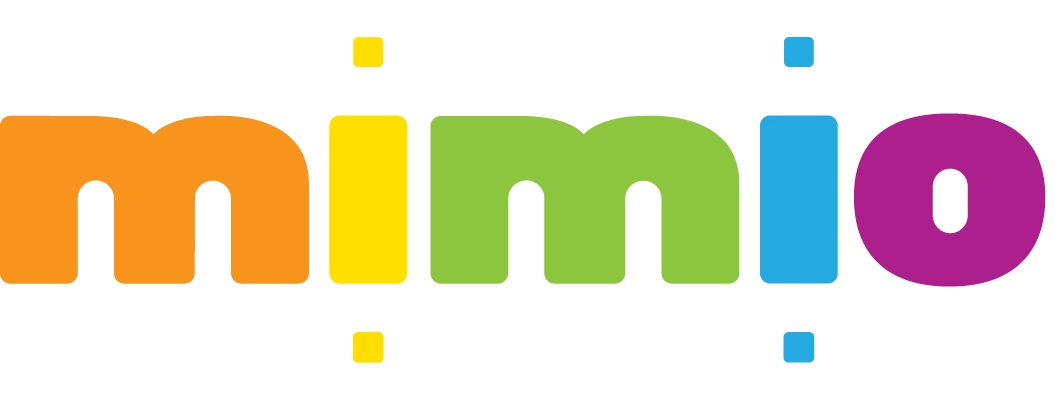Debt consolidation reduction can simplify your daily life which help you get more control over your money by consolidating a number of your regular bills in to a solitary loan.
At-A-Glance
Millennials invest about a 3rd of these income that is monthly repaying mixture of debt—student loans, bank cards, mortgages, and much more.
Consolidating several of this financial obligation into a solitary loan could simplify individual funds, reduced monthly obligations, which help lead you away from financial obligation.
Look out for obstacles and pitfalls, however; debt consolidating just works for some social individuals plus some kinds of financial obligation.
HereРІР‚в„ўs a startling number: US millennials invest about a 3rd of the month-to-month earnings repaying financial obligation, relating to a study from a prominent economic services business.
Therefore, if youРІР‚в„ўre a millennial, youРІР‚в„ўre probably juggling debts that are multiple including these top five:
- Individual student education loans (21% of millennials)
- Bank cards (20percent)
- Mortgages (11%)
- Loans for the familyРІР‚в„ўs education (7%)
- Car and truck loans (6%) 1
No surprise you are lured to consolidate at the least a few of this debt into an individual loan with a lower life expectancy payment per month. But exactly what is debt consolidation reduction, precisely, and may it really create your life easier?
What exactly is Debt Consolidation Reduction?
Consolidating the debt results in rolling up a few bank card balances, outstanding loans, as well as other debts into an individual loan that is personal. This restructuring can leave you with one, lower payment every month because personal loans tend to carry lower interest rates and have longer repayment terms than some of your other debt. But itРІР‚в„ўs not quite as straightforward as it seems.









